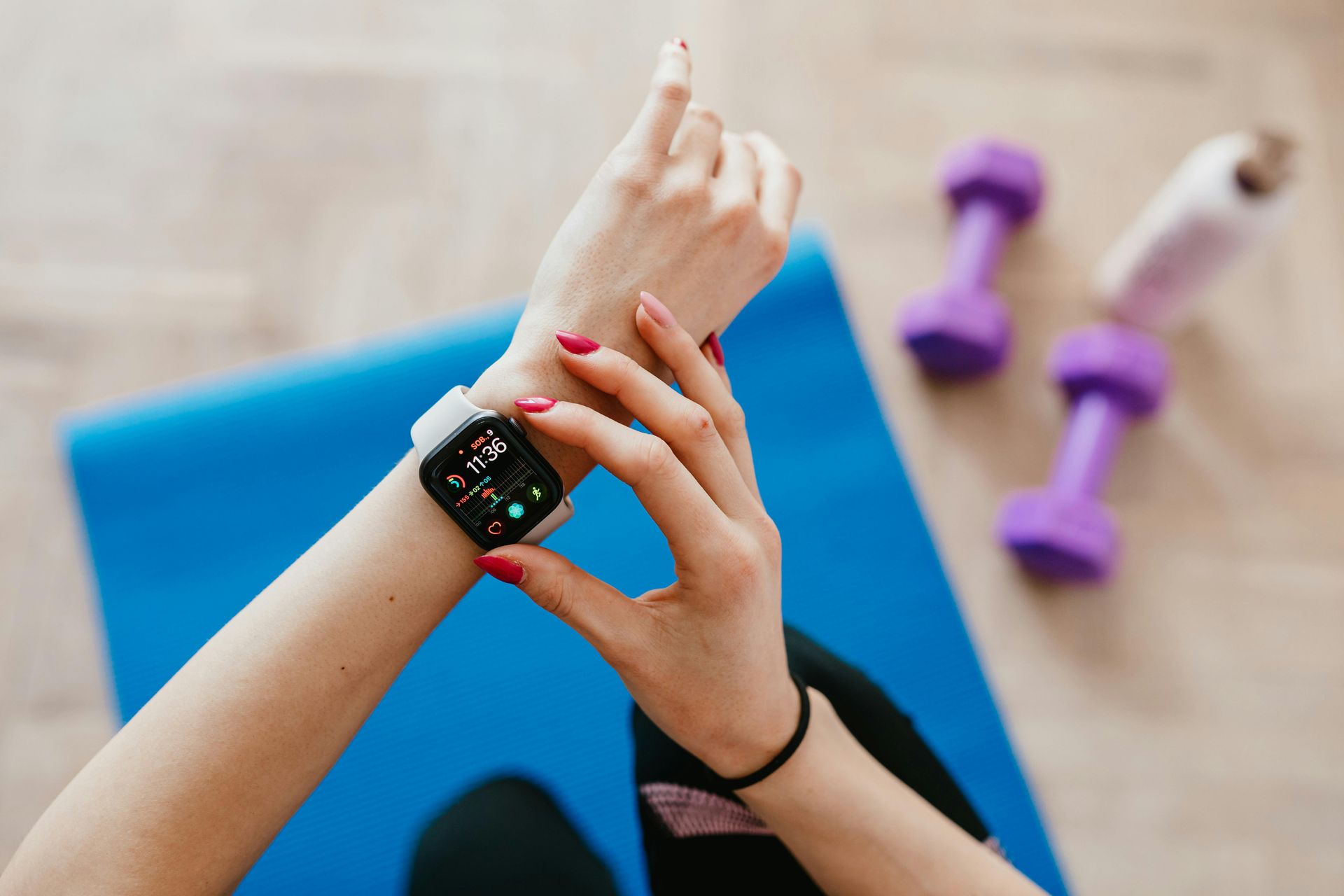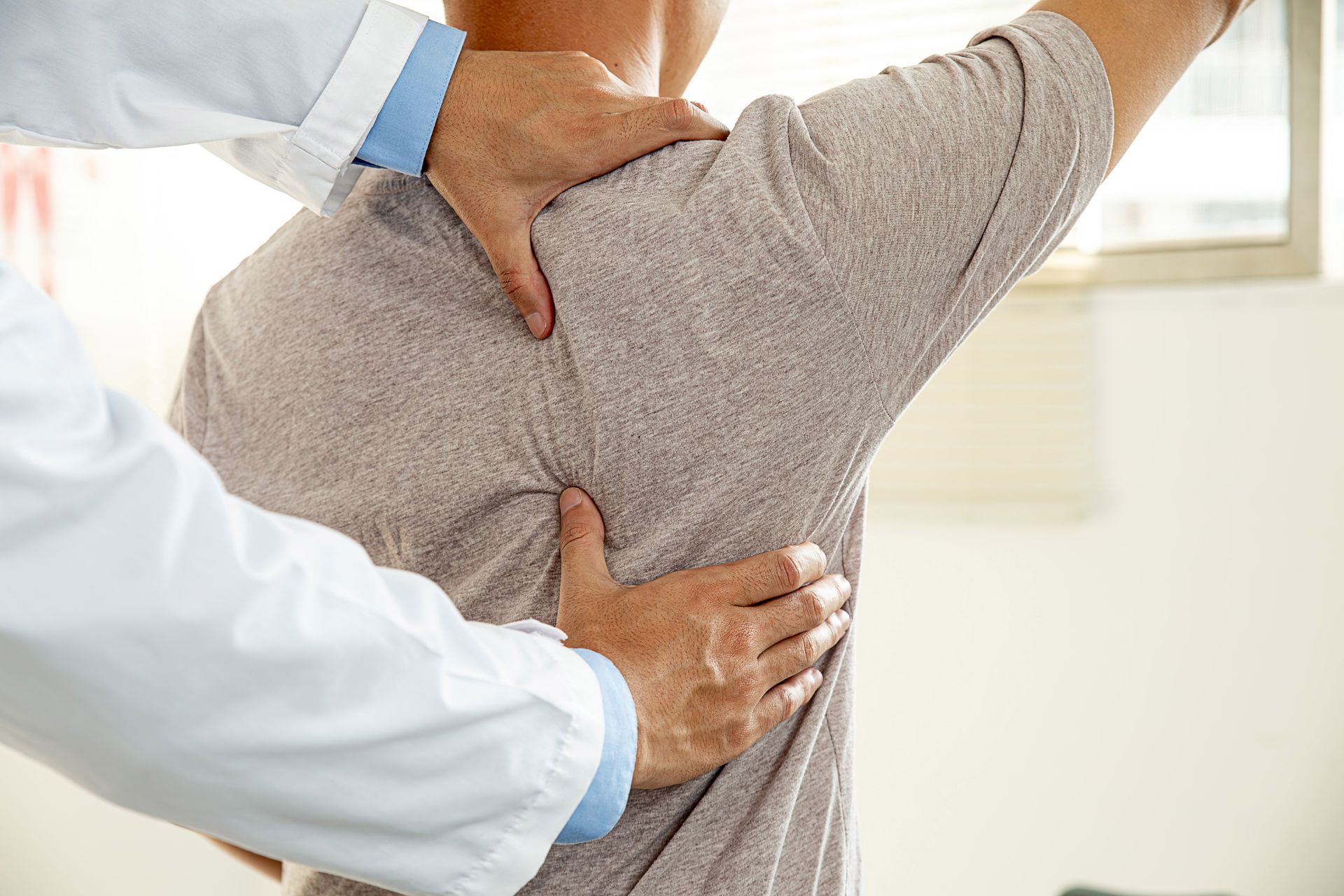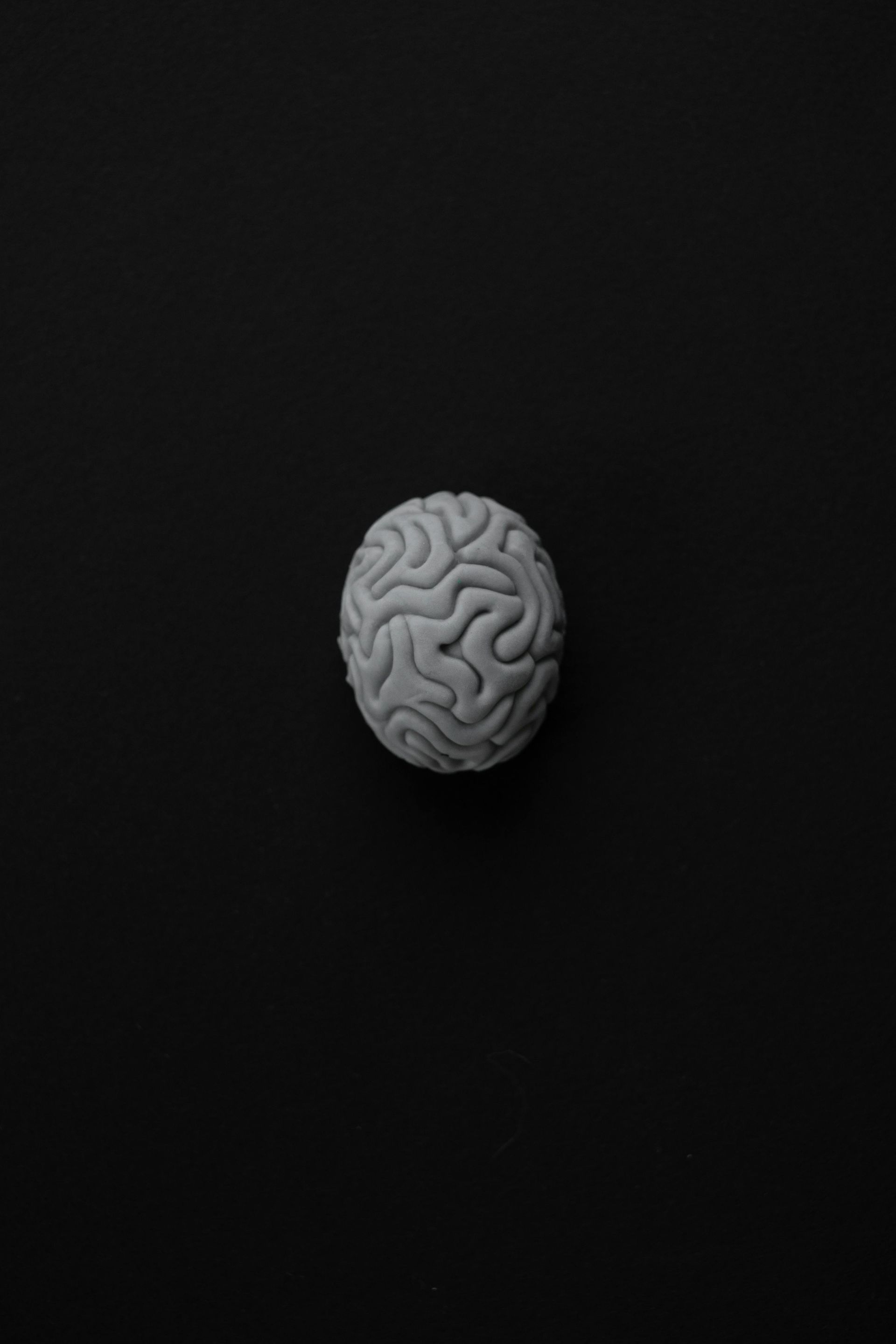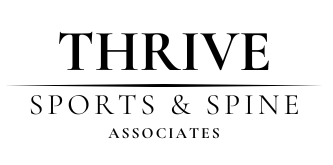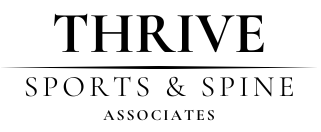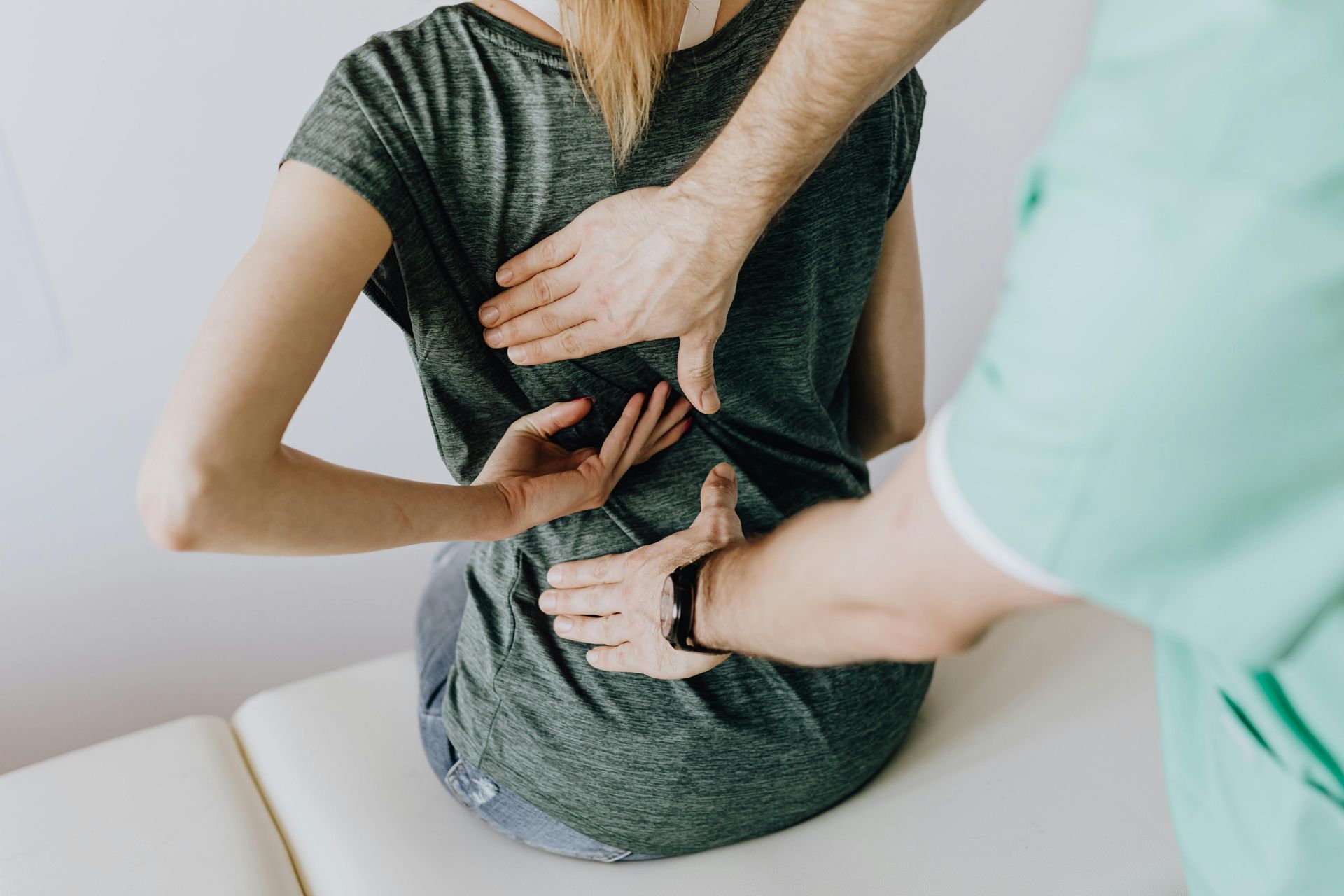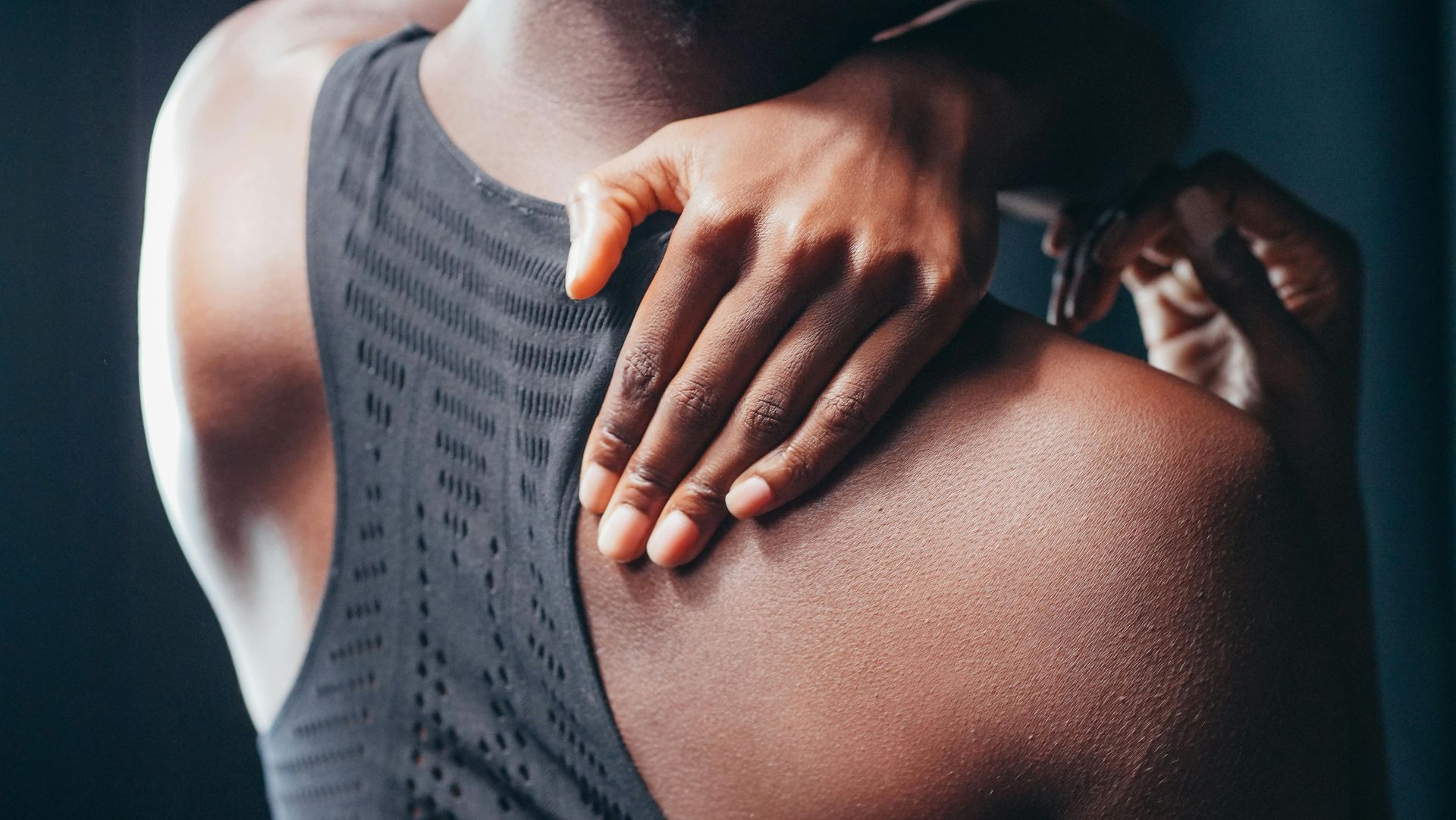Shockwave Effective for Lumbar Facet Joint Pain
Chronic lower back pain is a common problem, and one major cause is pain from the lumbar facet joints—small joints in the spine that support movement. Traditional treatments like injections and nerve blocks can help but come with risks because they are invasive.
Focused Extracorporeal Shock Wave Therapy (ESWT) is a new, non-invasive treatment that uses sound waves to reach deep tissues and help heal painful joint problems. This therapy is safe, painless, and stimulates the body’s natural repair processes.
A recent study with 128 patients showed that focused ESWT greatly reduced pain in the lower back after just five weekly treatments. After 12 months, patients reported about 64% less pain and much better ability to move and do daily activities.
Shockwave therapy also reduced symptoms of nerve pain like burning, numbness, or tingling, which are common in facet joint issues. MRI scans showed actual healing of inflammation in the bones near the painful joints for many patients, showing that shockwave therapy does more than just ease pain—it helps the body heal itself.
During treatment, focused shockwaves are targeted precisely on the painful facet joints ensuring effective care. Each session sends controlled energy pulses to the area, stimulating tissue repair, reducing inflammation, and calming nerve signals.
Our chiropractic clinic in South Jersey offers advanced treatments like focused Shockwave Therapy to safely and effectively manage chronic lower back pain without surgery or injections. If back pain is stopping you from living your best life, relief is possible witth new therapies like Shockwave Therapy that promote real healing.
Don’t wait to find lasting pain relief. Visit
www.thrivesportsandspine.info or call us to schedule an appointment and learn how ESWT and personalized chiropractic care can get you moving pain-free again.
Nedelka T, Katolicky J, Nedelka J, Hobrough P, Knobloch K. Efficacy of high energy, focused ESWT in treatment of lumbar facet joint pain–a randomized sham-controlled trial. International Journal of Surgery. 2025:10-97.
Link.
